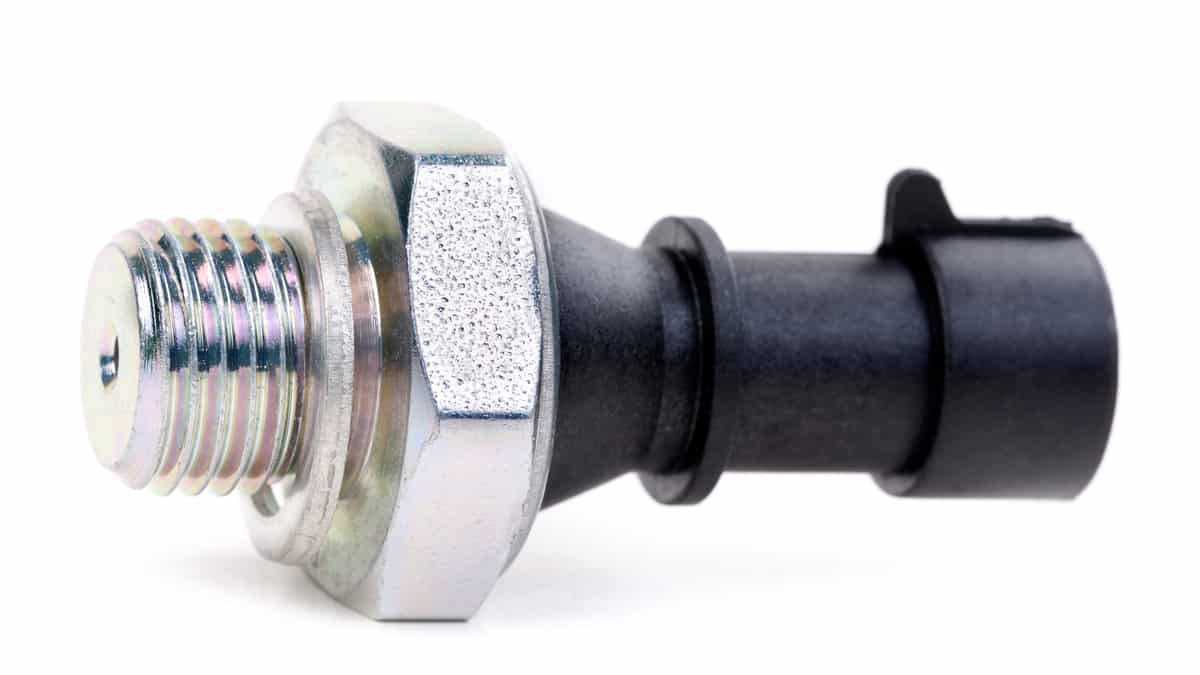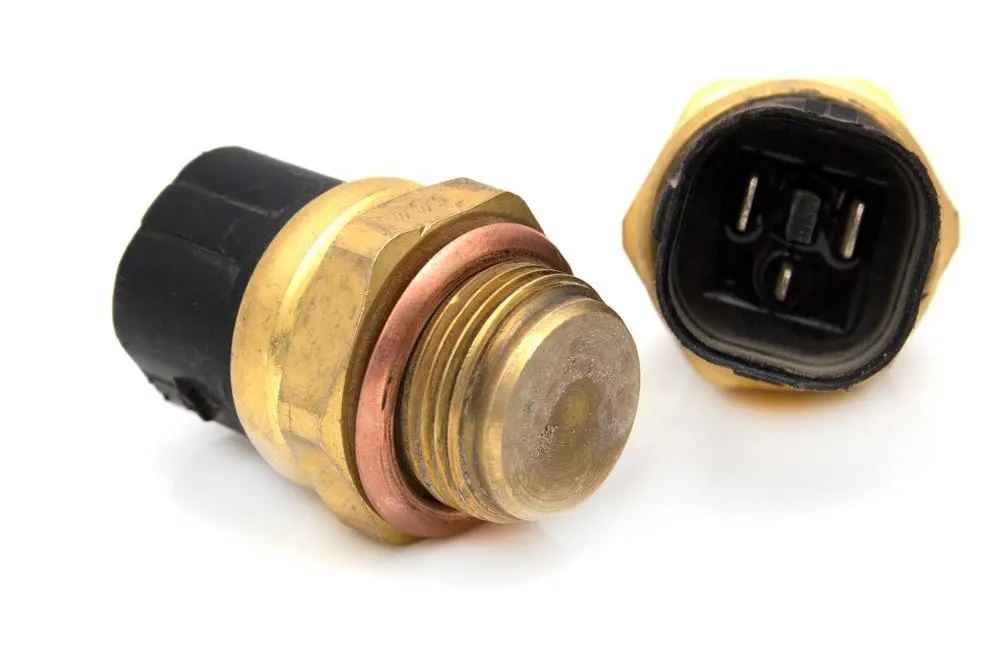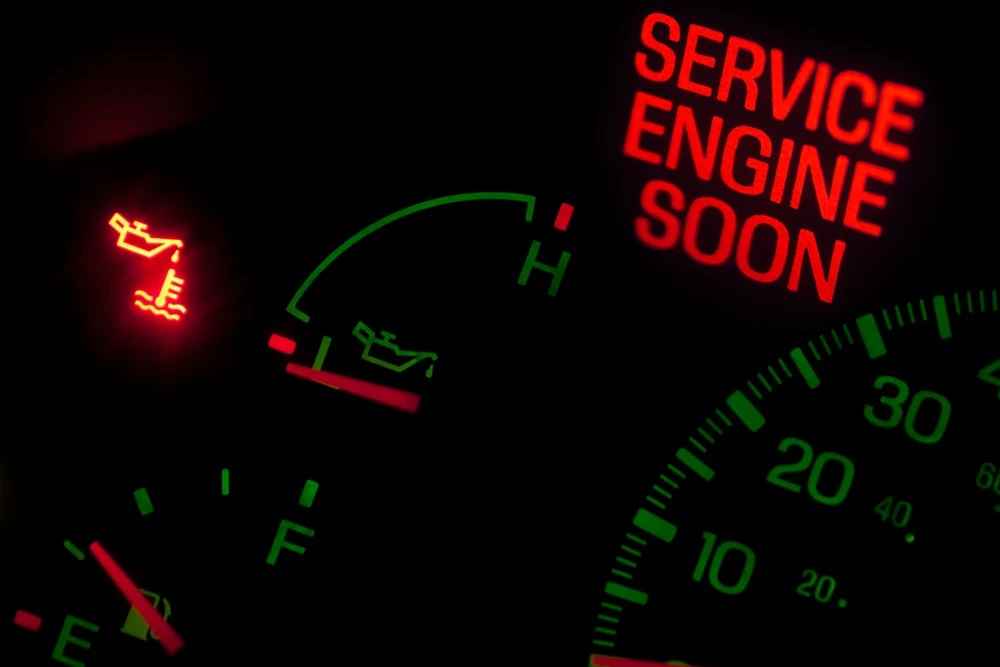An oil pressure sensor is a vital component in any car’s engine. Its primary function is to measure the pressure of the oil flowing through the engine and send signals to the car’s computer.

The computer then uses this data to regulate engine performance and alert the driver of any issues. In this article, we will discuss the functions and importance of an oil pressure sensor, whether your car can run without one, as well as the consequences of running your car without an oil pressure sensor.
How the oil pressure sensor works
The oil pressure sensor is typically located near the oil filter or oil pump and is connected to the engine block. It measures the pressure of the oil flowing through the engine by reading the resistance of the circuit.
The sensor then sends a signal to the car’s computer, which uses the data to regulate engine performance and alert the driver of any issues.
The sensor’s data is used to control various functions in the engine, such as oil flow and pressure. When the oil pressure is too low, the sensor will send a signal to the car’s computer, which will then display a warning light on the dashboard.
This alerts the driver to the issue and gives them the opportunity to address the problem before it leads to serious engine damage.

Symptoms of a malfunctioning oil pressure sensor
A malfunctioning oil pressure sensor can lead to a variety of issues. Some common symptoms of a failing sensor include:
- Warning lights flashing or appearing on the dashboard
- Low oil pressure readings on the car’s computer
- Reduced engine performance
- Reduced fuel efficiency
If a warning light flashes or appears on the dashboard, it is important to address the issue as soon as possible. A malfunctioning sensor can lead to serious engine damage if left unresolved. Additionally, the lack of information from the sensor can prevent the car from warning the driver of low oil pressure, potentially leading to engine failure.
It is important to note that a malfunctioning sensor can also cause the oil pressure to appear higher than it actually is. This can lead to the driver thinking they have enough oil when they actually don’t, which can also lead to engine damage.
The consequences of running a car without an oil pressure sensor
Running a car without an oil pressure sensor can lead to serious engine damage. Without the sensor, the car’s computer will not have any information on the oil pressure, and will not be able to regulate engine performance or alert the driver of any issues.
This can lead to low oil pressure, which can cause damage to the engine over time. Additionally, the lack of information from the sensor can prevent the car from warning the driver of low oil pressure, potentially leading to engine failure.
It is important to note that the oil pressure sensor is not a component that can be ignored. It plays a critical role in ensuring proper engine function and longevity. Without it, the engine is at risk of serious damage.
How to diagnose and replace an oil pressure sensor
If you suspect that your oil pressure sensor may be malfunctioning, it is important to diagnose and replace it as soon as possible. Here is a step-by-step guide on how to diagnose and replace an oil pressure sensor:
Step 1: Check the oil level and condition
The first step in diagnosing a malfunctioning oil pressure sensor is to check the oil level and condition.
If the oil level is low, that may indicate a leak, which can cause low oil pressure. If the oil is dirty, that may indicate that the oil filter needs to be replaced.
Step 2: Check for warning lights
If there are warning lights on the dashboard, it is important to note which ones are appearing. A warning light related to the oil pressure sensor will typically be that of an oil lamp or labeled as “check engine” or “oil pressure.” s
Step 3: Check the sensor’s wiring
The next step is to check the sensor’s wiring. Make sure that all of the connections are clean and secure. If the wiring is damaged, it will need to be repaired or replaced.
Step 4: Test the sensor with a multimeter
To test the sensor, you will need a multimeter. The multimeter will measure the resistance of the circuit. If the sensor is working properly, the resistance will change with the oil pressure.
If the resistance does not change, the sensor may be malfunctioning and will need to be replaced.
Step 5: Replace the sensor
If the sensor is malfunctioning, it will need to be replaced. The process of replacing the sensor will vary depending on the make and model of the car.
It is recommended to refer to the car’s manual or seek the help of a professional mechanic.
It is important to note that the process of replacing an oil pressure sensor may vary depending on the make and model of the car, so it is best to refer to the car’s manual or seek the help of a professional mechanic.
The cost of replacing an oil pressure sensor can vary, but it is typically between $50 and $200, depending on the car and labor costs.

Conclusion
In conclusion, an oil pressure sensor is a vital component in any car’s engine. Its primary function is to measure the pressure of the oil flowing through the engine and send signals to the car’s computer.
The computer then uses this data to regulate engine performance and alert the driver of any issues. A malfunctioning oil pressure sensor can lead to serious engine damage if left unresolved.
Additionally, running a car without an oil pressure sensor can also lead to serious engine damage. It is important to diagnose and replace a malfunctioning oil pressure sensor as soon as possible to ensure proper engine function and longevity.
What causes a malfunctioning oil pressure sensor?
A malfunctioning oil pressure sensor can be caused by a variety of factors, including worn out sensor, damaged wiring, dirty oil, or low oil levels. Over time, the sensor can become less accurate or fail altogether, leading to issues with engine performance.
Can I drive my car with a malfunctioning oil pressure sensor?
Although you can still drive your car with a malfunctioning oil pressure sensor, it is not recommended to do so. With a malfunctioning sensor, your car’s computer will not get accurate information on the oil pressure.
This will affect the computer’s ability to regulate your car engine’s performance or alert you of any issues. This can also lead to low oil pressure, which can cause damage to your car engine over time.
Is it easy to replace an oil pressure sensor?
The process of replacing an oil pressure sensor can vary depending on the make and model of the car. It is recommended to refer to the car’s manual or seek the help of a professional mechanic.
The cost of replacing an oil pressure sensor can vary, but it is typically between $50 and $200, depending on the car and labor costs.
How do I know if my oil pressure sensor is malfunctioning?
Some common symptoms of a failing oil pressure sensor include warning lights appearing on the dashboard, low oil pressure readings on the car’s computer, reduced engine performance, and reduced fuel efficiency.
If you suspect that your oil pressure sensor may be malfunctioning, it is important to diagnose and replace it as soon as possible.
Can a malfunctioning oil pressure sensor cause my engine to stall?
Yes, a malfunctioning oil pressure sensor can cause your engine to stall, especially if the sensor sends inaccurate information to the car’s computer.
For instance, if the sensor sends a signal that the oil pressure is too high, the car’s computer may shut off the engine to protect it from damage. Similarly, if the sensor sends a signal that the oil pressure is too low, the car’s computer may also shut off the engine to protect it from damage.